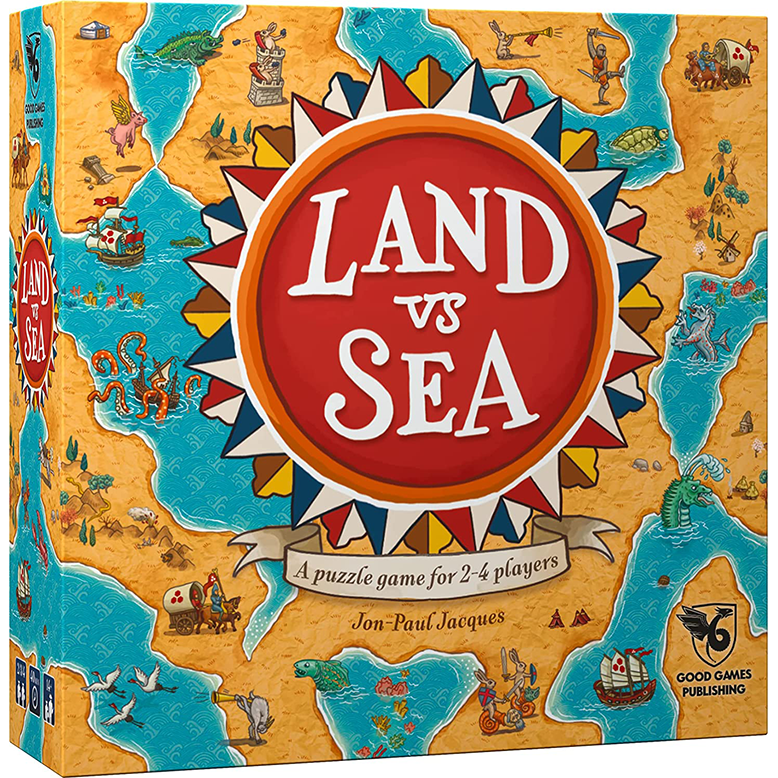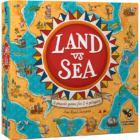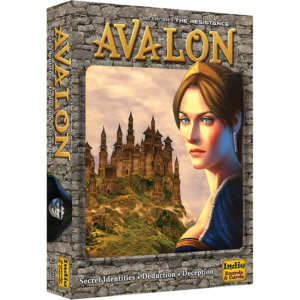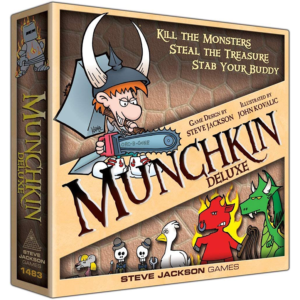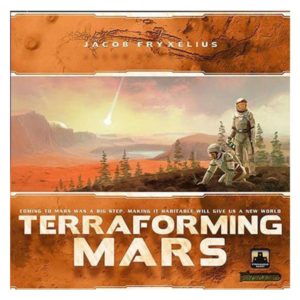Description
Using 2 double-sided tiles (one side always revealed and the other always hidden until played) means there is partial information to plan around, and some surprises too. Players replenish back up to 2 tiles from a choice of 2 face-up tile stacks.
The strategy of the game involves careful tile placement to score from as many land or sea areas as possible, while minimising your rivals’ opportunities to score from the tiles you play. Watch your rivals’ possible plays, and control tempo strategically with Play Again and Steal tiles. Look out for opportunities to score valuable bonus points in your and your rivals’ areas. Carefully select tiles as you replenish your hand to prepare for your next turn.
The game ends once the last tile is placed. The player or team with the most points wins.
The basic Land vs Sea game is simple enough for light / family gamers. After you have played the basic game, you can unlock more scoring options on the tiles to add surprising depth:
1. Mountain & Coral scoring – score for cumulative chains of connected Mountain (Land) / Coral (Sea) sections.
2. Caravan & Ship scoring – score for Caravans & Ships added to Trade Routes on the map, and score each Trade Route you have majority in (more Caravans scores the Trade Route for Land, more Ships for Sea) at the end of the game.
3. Waypoints – bonus points you can place on the map to entice cooperation, or score for yourself.
2, 3 & 4 player modes:
You can play head to head with 2 players, or with 4 players in teams using the basic rules and any of the additional scoring options. 4 player games use Waypoints to prevent alpha players directly instructing their partner.
The challenging 3 player mode uses all of the additional scoring options in a more asymmetric game. The Cartographer scores by connecting Mountain and Coral sections, and all players compete for bonus points and Trade Route scoring.


